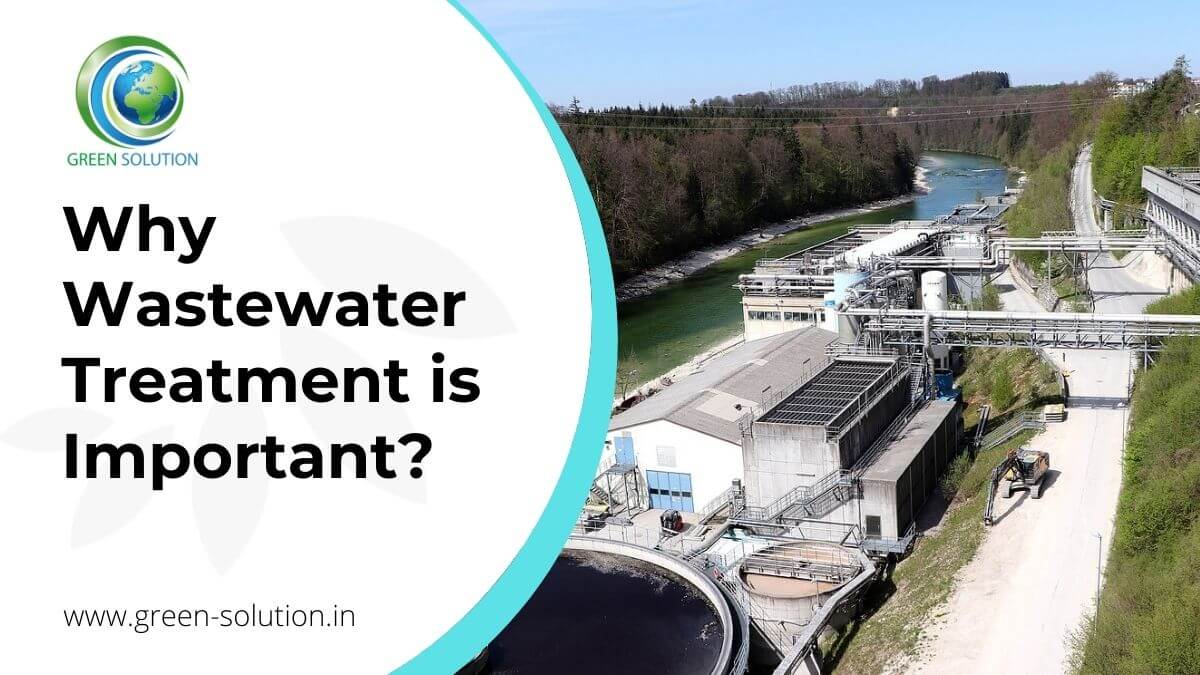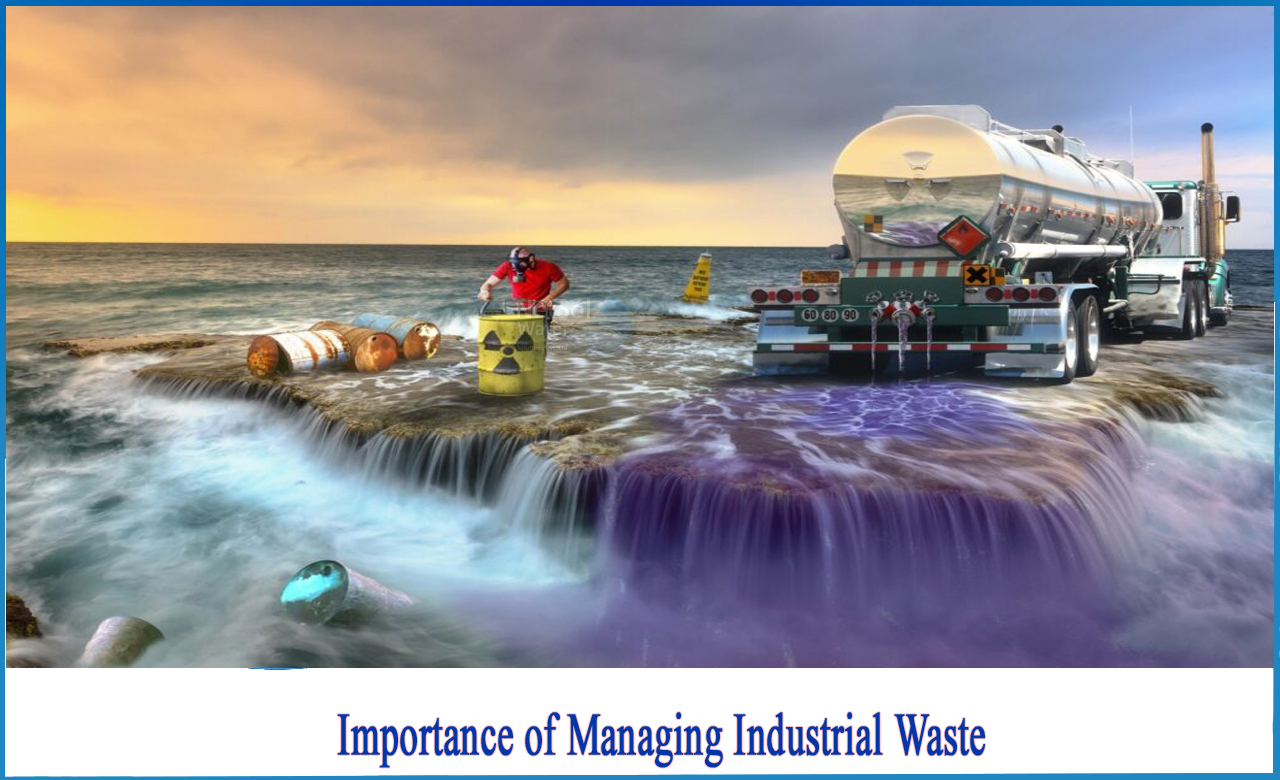Reclaim Waste Fundamentals Explained
Reclaim Waste Fundamentals Explained
Blog Article
Reclaim Waste - Truths
Table of ContentsReclaim Waste Fundamentals ExplainedAn Unbiased View of Reclaim WasteThe Facts About Reclaim Waste UncoveredThe Of Reclaim WasteThe 4-Minute Rule for Reclaim Waste
Domestic sewage waste refers to the waste and items from a domestic septic container. The proper monitoring and disposal of domestic sewage waste call for liquid waste to be transferred to a sewer treatment plant where the appropriate methods and devices are used to purify and dispose of waste.
Industrial waste often includes possible risks, such as combustible materials or a blend of fluid and solid waste products, and calls for an advanced and detailed disposal process. The disposal of commercial waste usually entails the filtration of waste before transportation to make certain secure and proper disposal. Industrial waste is developed from results and runoff of industrial processes and production.
This type of waste can not make use of the same sewage administration transport or procedures as septic or business fluids. The commercial waste monitoring procedure requires the inspection and testing of liquid waste before it goes through the disposal process (liquid waste removal melbourne). Overflow waste is the liquid waste that comes from overflow and excess stormwater in highly populated areas or cities
Drainage waste can trigger contamination and flooding if not taken care of properly. Making certain correct waste monitoring can prevent disasters and lower environmental harm.
Reclaim Waste Things To Know Before You Get This
Get in touch with PROS Services today to find out about our waste administration and disposal solutions and the appropriate means to take care of the fluid waste you produce.
(https://reclaimwaste1.weebly.com/)Do you understand what happens to your water when you end, purge the toilet or drain pipes the washing machine? No? Well, it deserves understanding. This supposed 'wastewater' is not just a crucial resource however, after treatment, will certainly be released to our land, rivers or the ocean. Made use of water from bathrooms, showers, baths, kitchen area sinks, laundries and commercial processes is referred to as wastewater.

water used to cool equipment or clean plant and devices). Stormwater, a form of wastewater, is overflow that moves from agricultural and city areas such as roof coverings, parks, gardens, roads, paths and seamless gutters into stormwater drains, after rainfall. Stormwater moves without treatment straight to local creeks or rivers, at some point reaching the ocean.
A Biased View of Reclaim Waste
In Queensland, most wastewater is dealt with at sewer treatment plants. Wastewater is moved from residential or commercial websites through a system of sewers and pump stations, recognized as sewage reticulation, to a sewer treatment plant.
The Department of Natural Resources recommends city governments concerning handling, operating and keeping sewerage systems and therapy plants. In unsewered areas, neighborhood governments may require owners to set up private or home sewage therapy systems to treat domestic wastewater from commodes, cooking areas, shower rooms and laundries. The Division of Natural Resources authorizes making check this site out use of family systems when they are shown to be effective.
Most stormwater obtains no therapy. In some new communities, therapy of some stormwater to remove clutter, sand and crushed rock has started utilizing gross pollutant catches. Wastewater treatment takes place in four phases: Removes solid issue. Larger solids, such as plastics and various other items incorrectly discharged to sewage systems, are gotten rid of when wastewater is passed via displays.
Wastewater after that streams right into large storage tanks where solids settle and are eliminated as sludge. Oil and scum are skimmed from the surface area. Uses small living microorganisms referred to as micro-organisms to damage down and get rid of staying liquified wastes and great particles. Micro-organisms and wastes are included in the sludge. Gets rid of nitrogen and phosphorus nutrients that could trigger algal blossoms in our waterways and endanger marine life.
Reclaim Waste Things To Know Before You Get This
Nutrient elimination is not readily available at all sewer treatment plants due to the fact that it calls for pricey specialist devices. Clear liquid effluent produced after therapy might still include disease-causing micro-organisms - liquid waste removal.

This normally implies wastewater has to be dealt with or impurities eliminated before it can be released to waterways. Most wastewater moves right into the sewerage system. Under the Act, neighborhood federal governments carry out approvals and licences for eco appropriate tasks (Ages) including wastewater launches that may have a local influence. The department administers authorizations and licences to Periods including wastewater releases that may have a regional or statewide influence.
The Only Guide for Reclaim Waste
Otherwise, examples are considered laboratory analysis. Usually numerous examinations are required to develop the degrees of each of the different contaminants such as oils, heavy steels and chemicals in water. Monitoring supplies accurate details concerning water quality and can verify that licence problems are being fulfilled. The details gotten through monitoring offers the basis for making water high quality choices.
Report this page